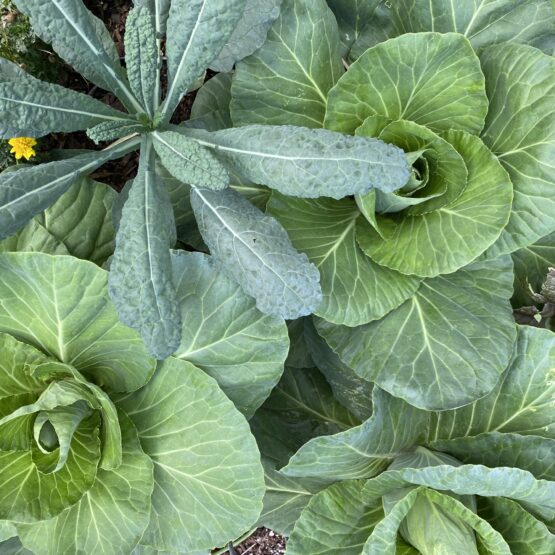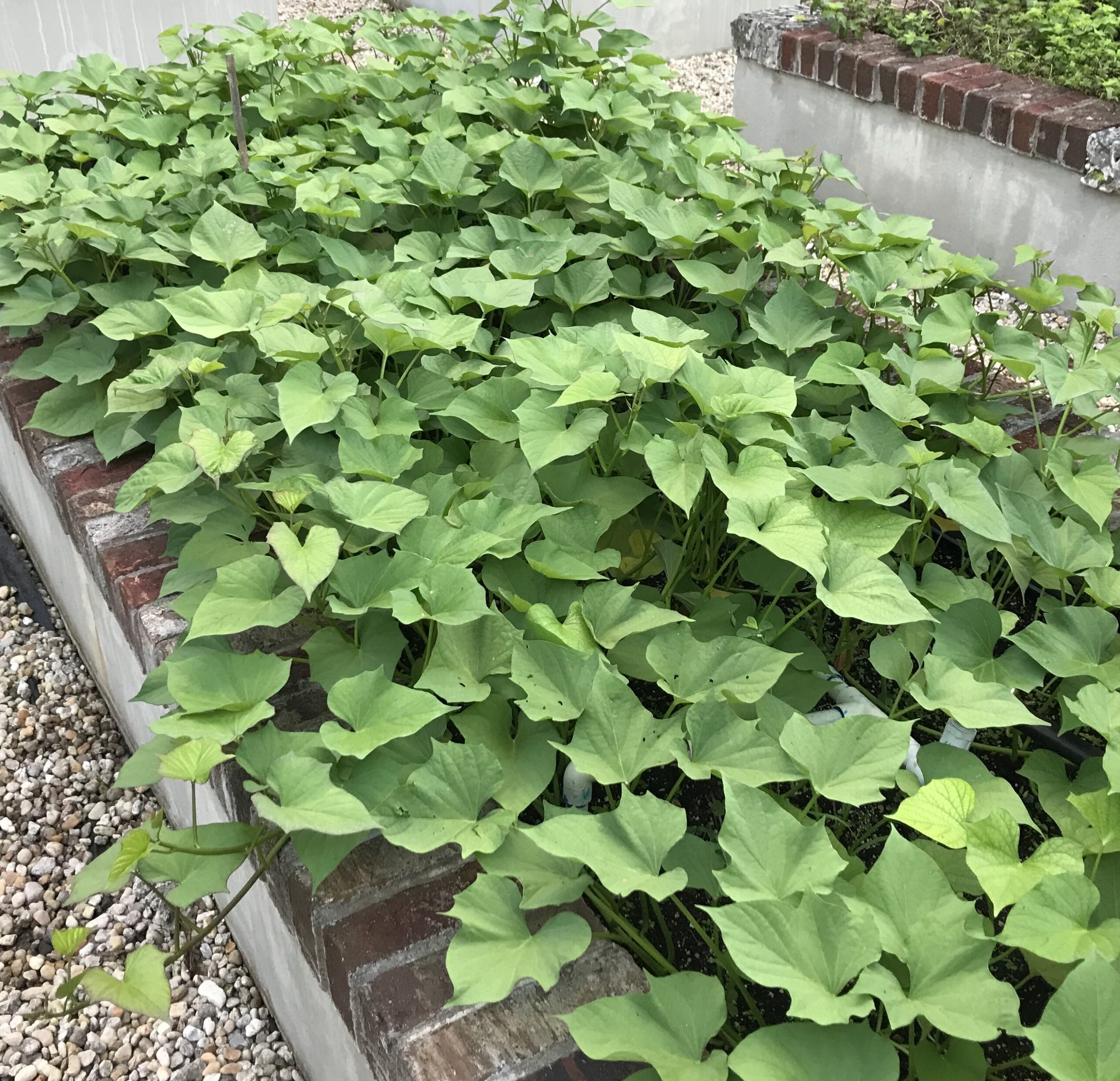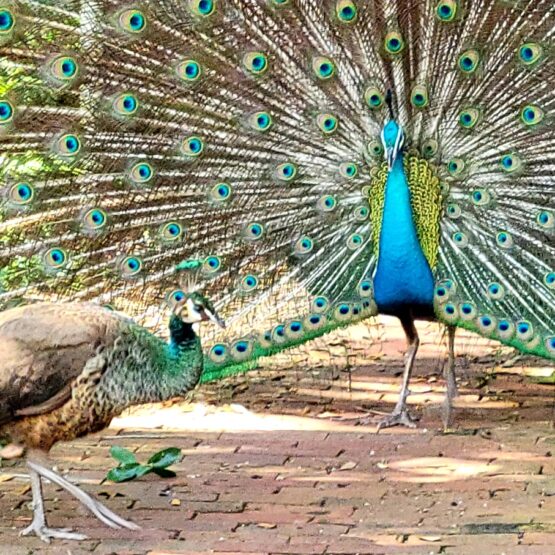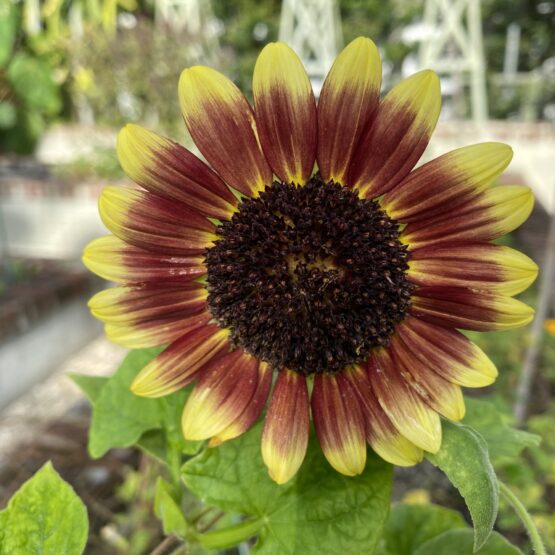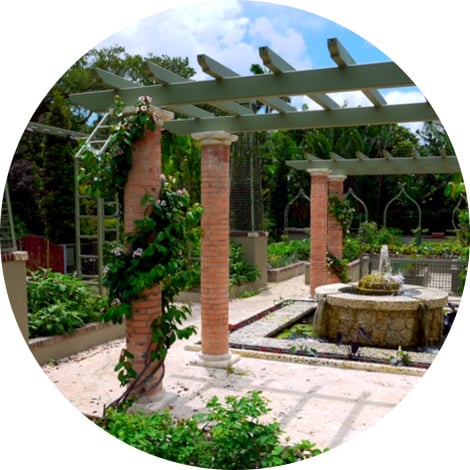Our fall and winter crops here in South Florida are basically the same. Most of the things that we start in the earlier part of the growing season (fall), we can start another rotation of in December or January. Much of our work is planning what seeds need to be started when. We will either direct seed some of our crops, such as carrots and beans directly into the beds. Or, with many other crops, we will be getting them going in flats, and then transplanting seedlings as they mature into four inch pots and/or directly into the beds, and then watching them grow! For a list of what we can grow in the fall/winter here, please see our post http://www.soflagardening.com/fall-planting-beds/
So here are some notes on our current varieties of seedlings:
Tomatoes:
When we start our tomatoes depends on the type: the larger varieties we start very early in the fall, the cherry tomatoes we start later, as the latter grow longer into the spring/summer season. The one large tomato we wait until winter to start is the “Momotaro” – a wonderful Asian variety introduced to us by a friend a few years ago, that is very tasty. It is so exclusive that we got exactly (yes, I counted!) 12 seeds in a packet. Right now, we’ve got lots of cherry seedlings growing strong, including the ever-so-popular Everglades tomato, hailed by our gardeners as “tasting like candy.”
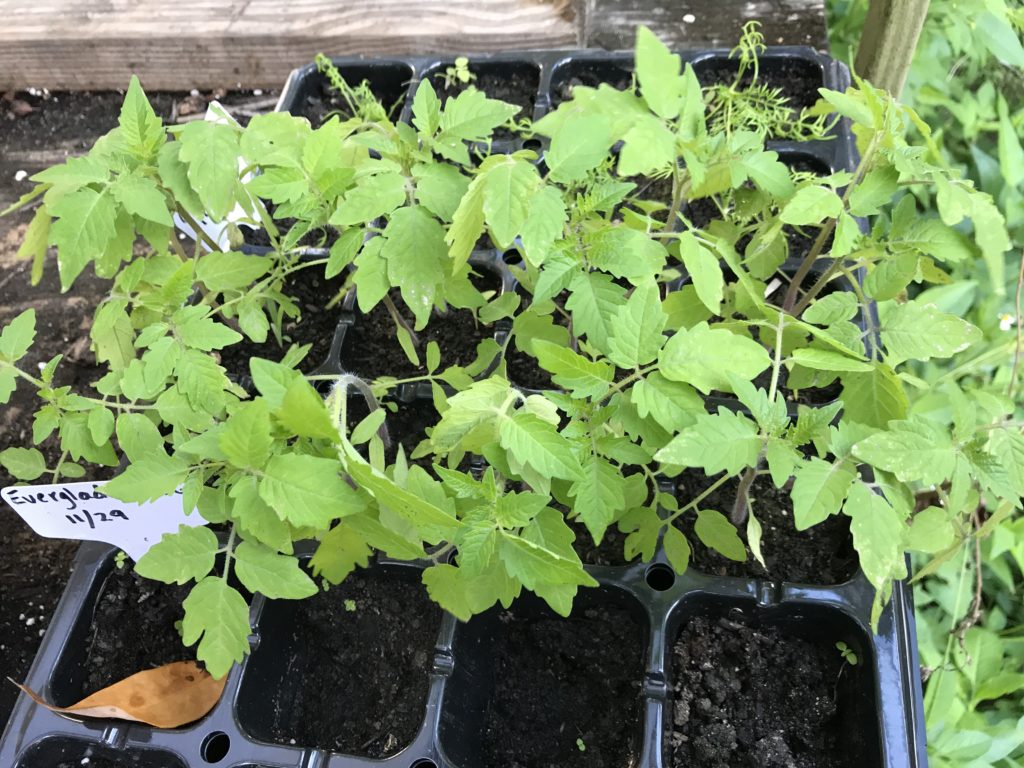
Everglades Tomato Seedlings
Brassicas (cabbage family):
It is time for a second cycle of these plantings – this includes our regular and Chinese cabbages, kohlrabi, different varieties of kale, mustard greens, broccoli rabe, etc. For some, such as our regular cabbages, this is near the end of when we will be starting and transplanting seedlings for harvesting this season – as they are slow growing and need the cooler weather to thrive. Others, such as kale and kohlrabi, and even Chinese cabbage, we can plant them again a month or so later with a high probability of success.
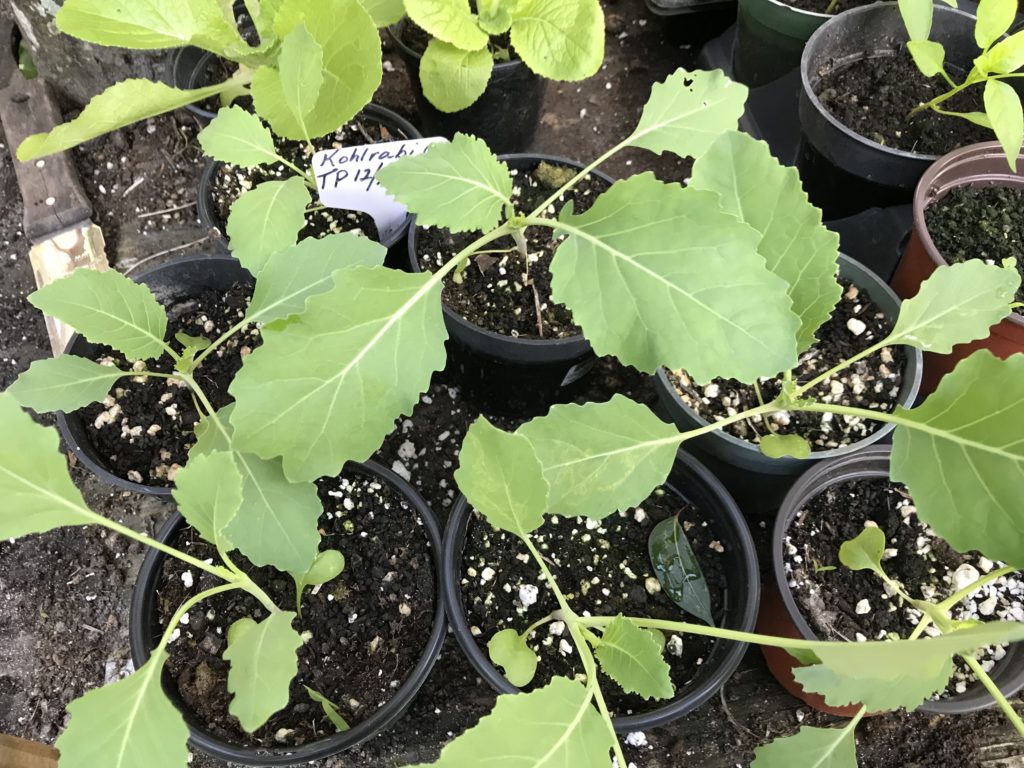
Kohlrabi Seedlings
Lettuces:
This is prime time for the lettuces that we start in flats, i.e. heading lettuces. Right now we have some beautiful Bibb and Romaine seedlings, and it is very likely that we will transplant these directly into our garden beds rather than taking them through the intermediate step of four inch pots. Why? Because that seems to work well for us.

Bibb Lettuce Seedlings

Red Romaine lettuce seedlings
Other varieties:
This is also prime time for many other types of vegetables we wish to have ready to eat in the Spring. Leeks, celery, peppers, escarole, chard, sorrel, fennel, nasturtiums, and more – these can all be started again now to produce another harvest later on (not to mention other crops that we directly seed in the beds, such as beans, carrots, peas, radishes, etc.). Many of them are already sprouting or growing in flats or pots; others will be started from seed very soon. Starting and transplanting seedlings becomes a main part of our gardening work at this time of year. We feel very fortunate to have two (or more) rotations of many of our most loved crops during our major (fall-winter-spring) growing season here in South Florida.
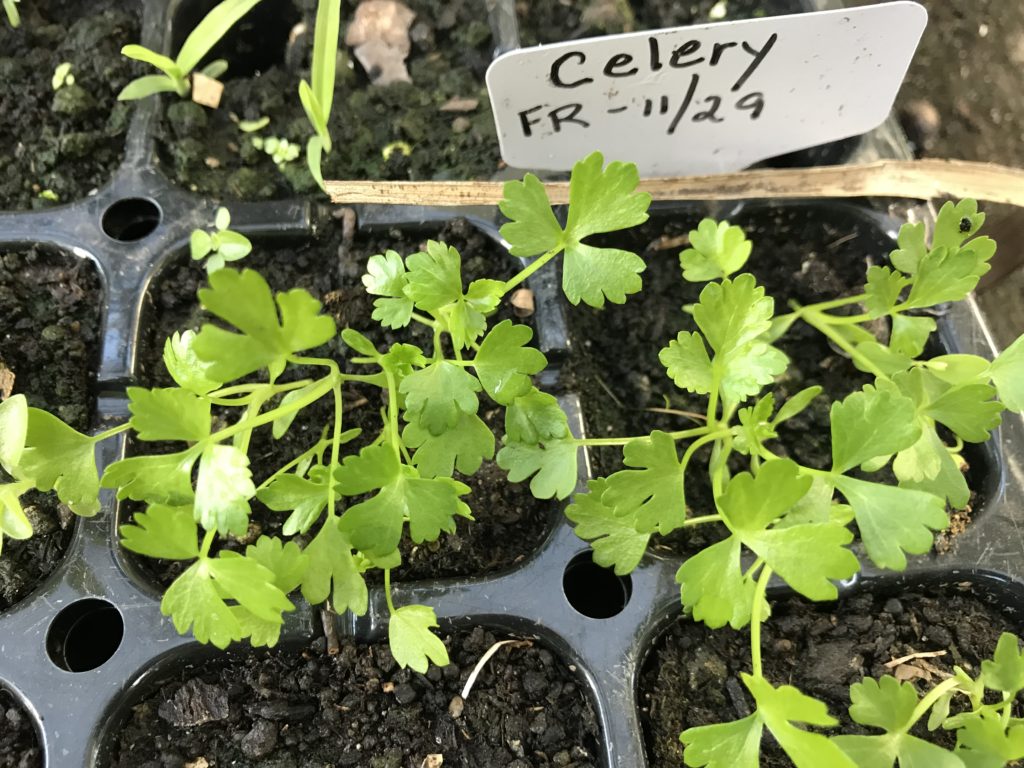
Celery Seedlings

Chamomile Seedlings
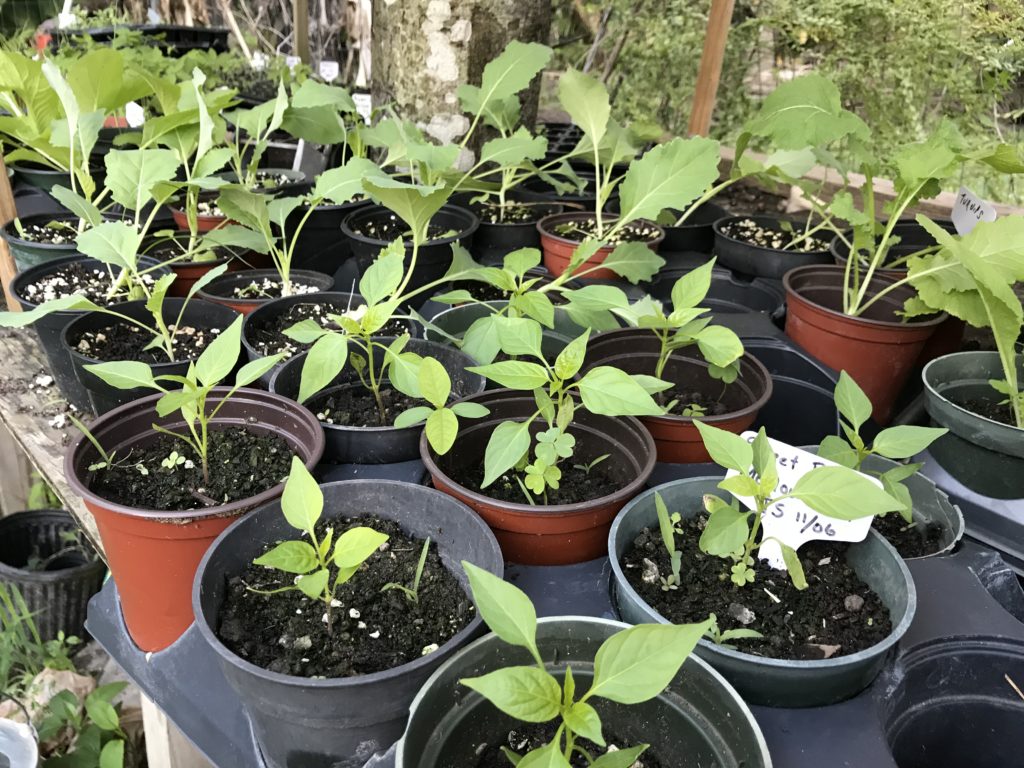
Sweet Pepper Seedlings
